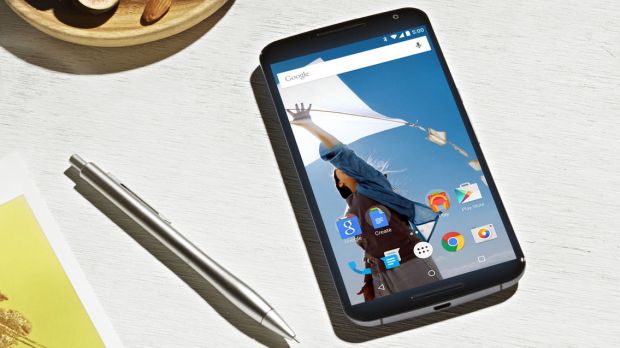In the world of tech when a new product launches, the public basically already knows pretty much all there is to know about the device because of leaks.
For example, even before the Nexus 6 became a real deal, we had an idea of what to expect from the product. Google and Motorola were said to build a phablet with a 5.9-inch display, codenamed Shamu that was to be revealed in November.
The device was supposed to make it to all major carriers in the US and run Android 5.0 Lollipop (or Android L, how it was known back then).
The Nexus 6 was supposed to be have a fingerprint sensor
All this turned out to be true, but there was a little detail that made a discrepancy. Earlier reports said the Nexus 6 will have a finger print sensor, a technology similar to the Touch ID one can find on the iPhone.
Like they say, there is no smoke without a fire, the rumors might not have been all wrong. As Ars Tehnica writes, the Nexus 6 ended up shipping out without a finger print sensor, but this doesn't mean it never had one in the first place.
Evidence dug up revealed that Google was prepared to include a fingerprint scanner for Android 5.0 Lollipop and subsequently for the Nexus 6.
However, a commit message in the Android Open Source Project (AOSP) dating from August showed the fingerprint sensor support had been axed down for Shamu (Nexus 6).
Validity Sensors was probably behind the technology in the Nexus 6
It’s quite possible that Google’s internal prototype of the Nexus 6 did indeed boast a finger print scanner. The source code shows that Validity Sensors, a company specializing in fingerprint tech and that was acquired by touchscreen supplier Synaptics in 2013 was the one behind the Nexus 6-bound finger print recognition tech.
Other commit messages continue the story, painting a scenario where the Nexus 6 should have been the launch device for a full fingerprint API for Android that would have included methods like “FINGERPRINT_ACQUIRED_TOO_FAST.”
This clue indicates that Google’s fingerprint scanner could have been of the “swipe” style variety, unlike Apple’s stationary finger reader, which will have users move their finger across the sensor at the right speed. Also, the sensor should have been able to scan, enroll and remove a fingerprint for advanced security.
It’s not the first time Google puts some features to death in their cradle. Remember that in 2013, the company redrew the new camera API in Android 4.4 KitKat as the new Android build got close to a commercial launch.
We finally saw the camera API come back in Android 5.0 Lollipop, so does this mean the next-gen Nexus smartphone might actually be the true beneficiary of the finger print scanner?

 14 DAY TRIAL //
14 DAY TRIAL // 






